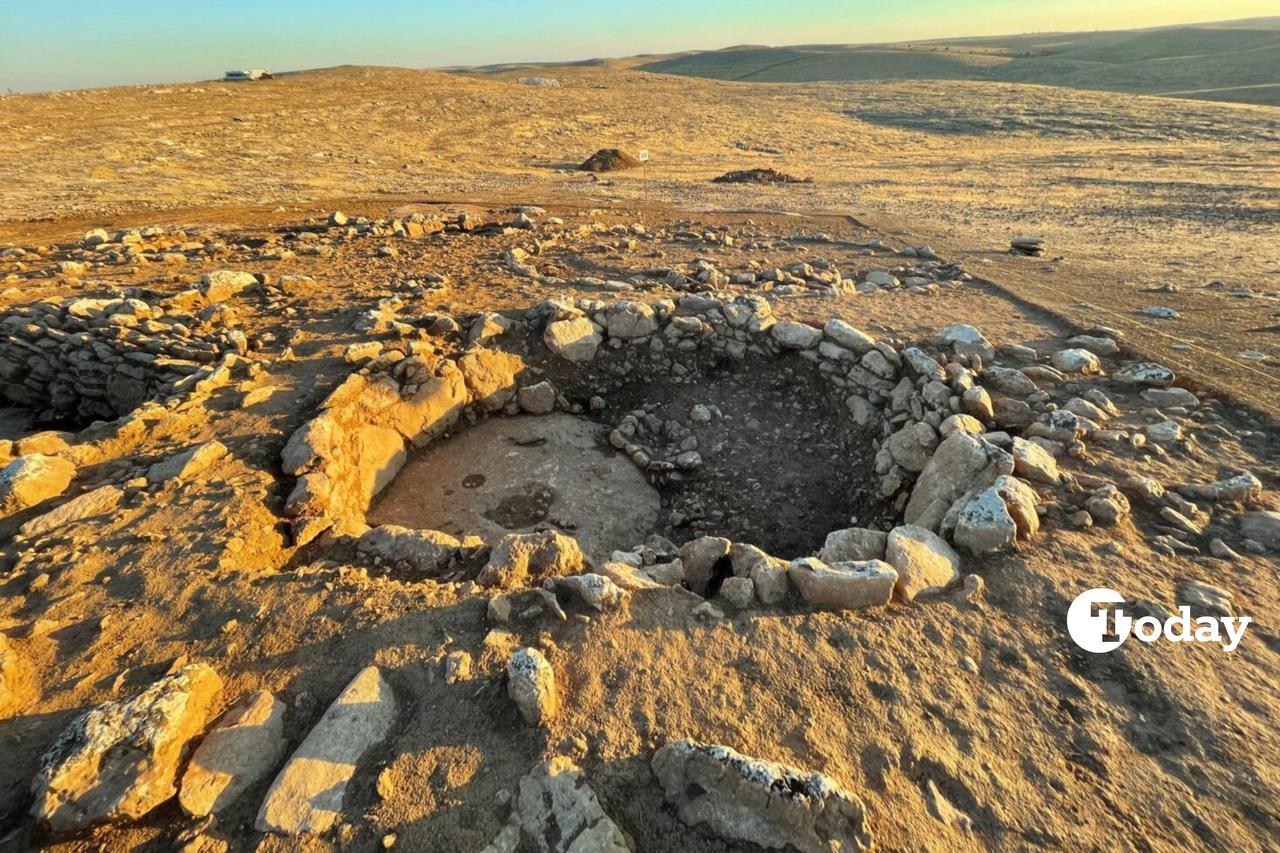
In a groundbreaking discovery, an archaeological excavation team, led by Associate Professor Fatma Sahin, have unearthed significant evidence of early settled life at Cakmaktepe, located in the Sanliurfa province of southeastern Türkiye. Part of the larger Tas Tepeler (Stone Mounds) Project, this site sheds light on the transition of hunter-gatherer communities to settled life, offering a window into the dawn of the Neolithic age.
Launched in 2021, the Tas Tepeler Project is an ambitious archaeological initiative that explores the origins of settled life in the region known as the Fertile Crescent.
Cakmaktepe is one of the most significant sites within this project, alongside famous sites like Gobeklitepe and Karahantepe. The project is supported by Türkiye’s Ministry of Culture and Tourism, with contributions from domestic and international research teams.
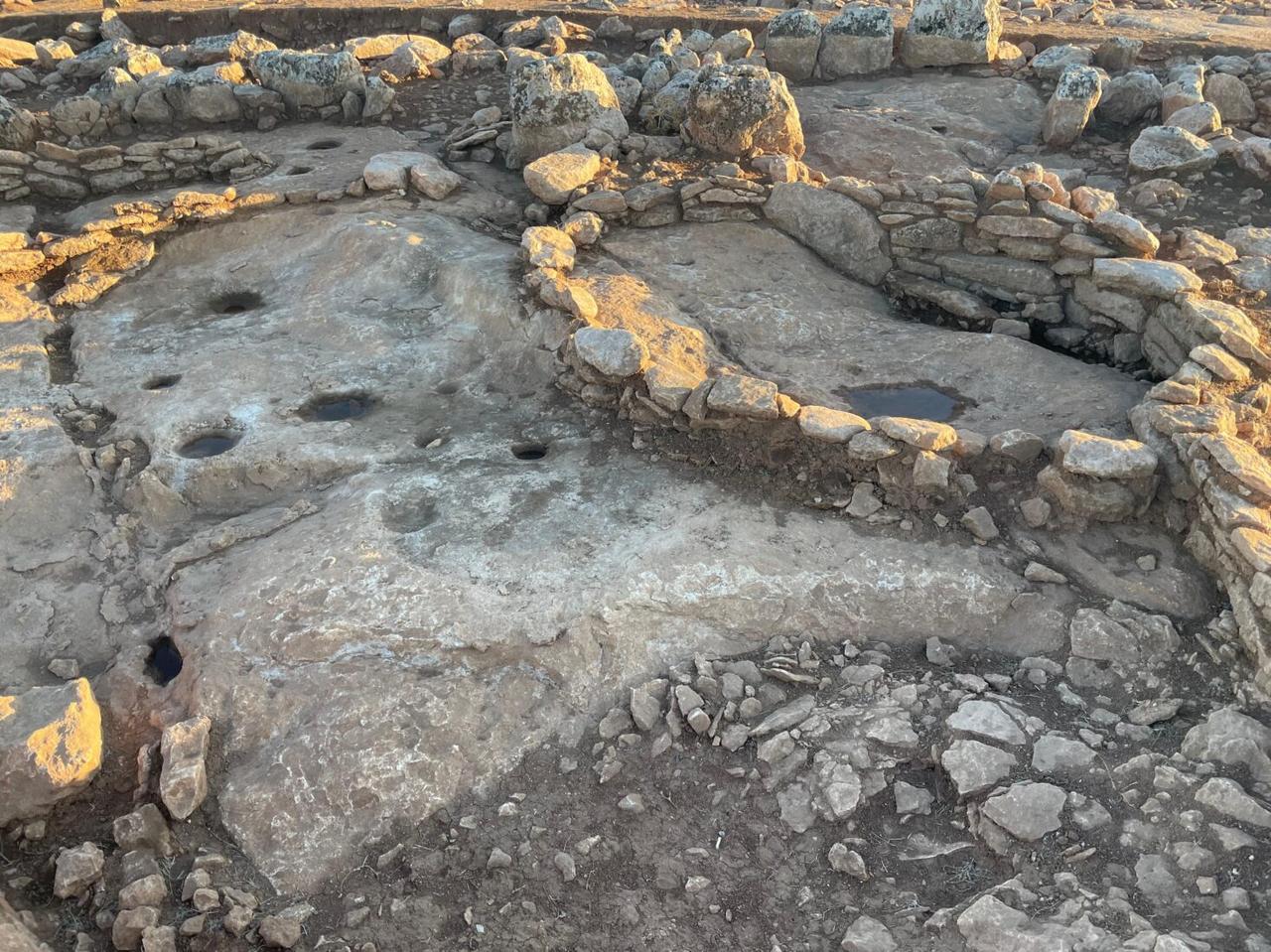
Cakmaktepe’s excavations have revealed remarkable architectural features. Circular subterranean domestic buildings, carved directly into the bedrock, have been discovered. These structures, which date to the Pre-Pottery Neolithic A (PPNA) period (9600-8800 B.C.), offer vital insights into the daily life of early settled communities.
Among the most significant discoveries are large, special-purpose buildings, some measuring up to 16 meters in diameter. Unlike typical domestic spaces, these buildings likely served communal or ritual purposes, reflecting the social and spiritual lives of early Neolithic societies. Similar structures have been identified at other Tas Tepeler sites, including Gobeklitepe and Karahantepe.
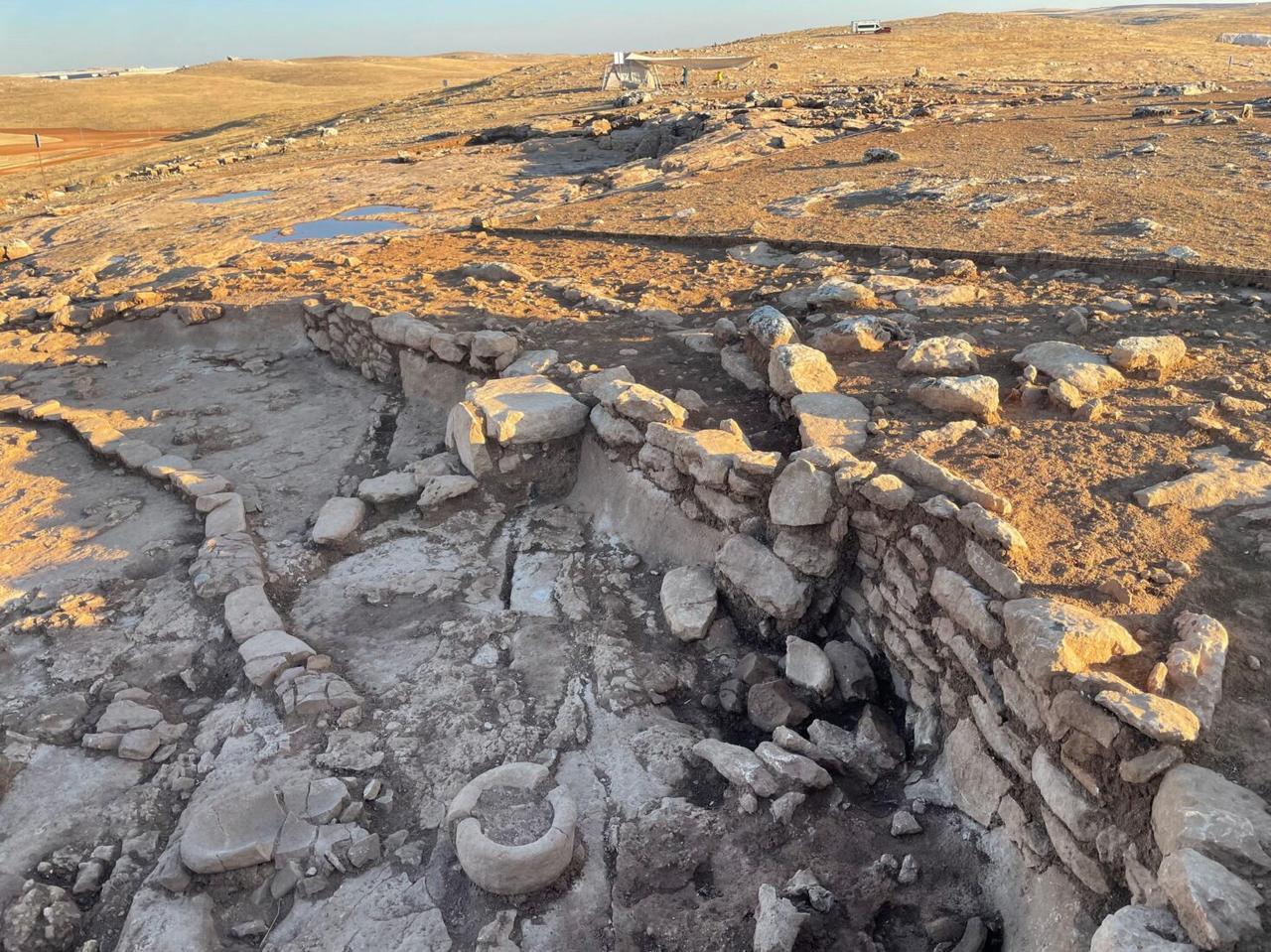
"At Gobeklitepe, these are often referred to as temples. Here, we call them ‘special’ or ‘communal structures.’ One of the excavated structures, carved from bedrock, measures about 16 meters in diameter. This building was intentionally buried when abandoned, similar to Gobeklitepe." Associate Professor Fatma Sahin told Türkiye Today.
And the structures here date back nearly 1,000 years earlier than Gobeklitepe, previously dubbed “zero point in time.”
Unlike the iconic “T-shaped” pillars at Gobeklitepe, the standing stones at Cakmaktepe are simpler, resembling “I” shapes with no carvings or engravings.
These are prototypes of the ornate pillars at Gobeklitepe,” Sahin remarked. “Wooden beams were used, and it’s possible the decorations were carved into the wood, which has not survived.
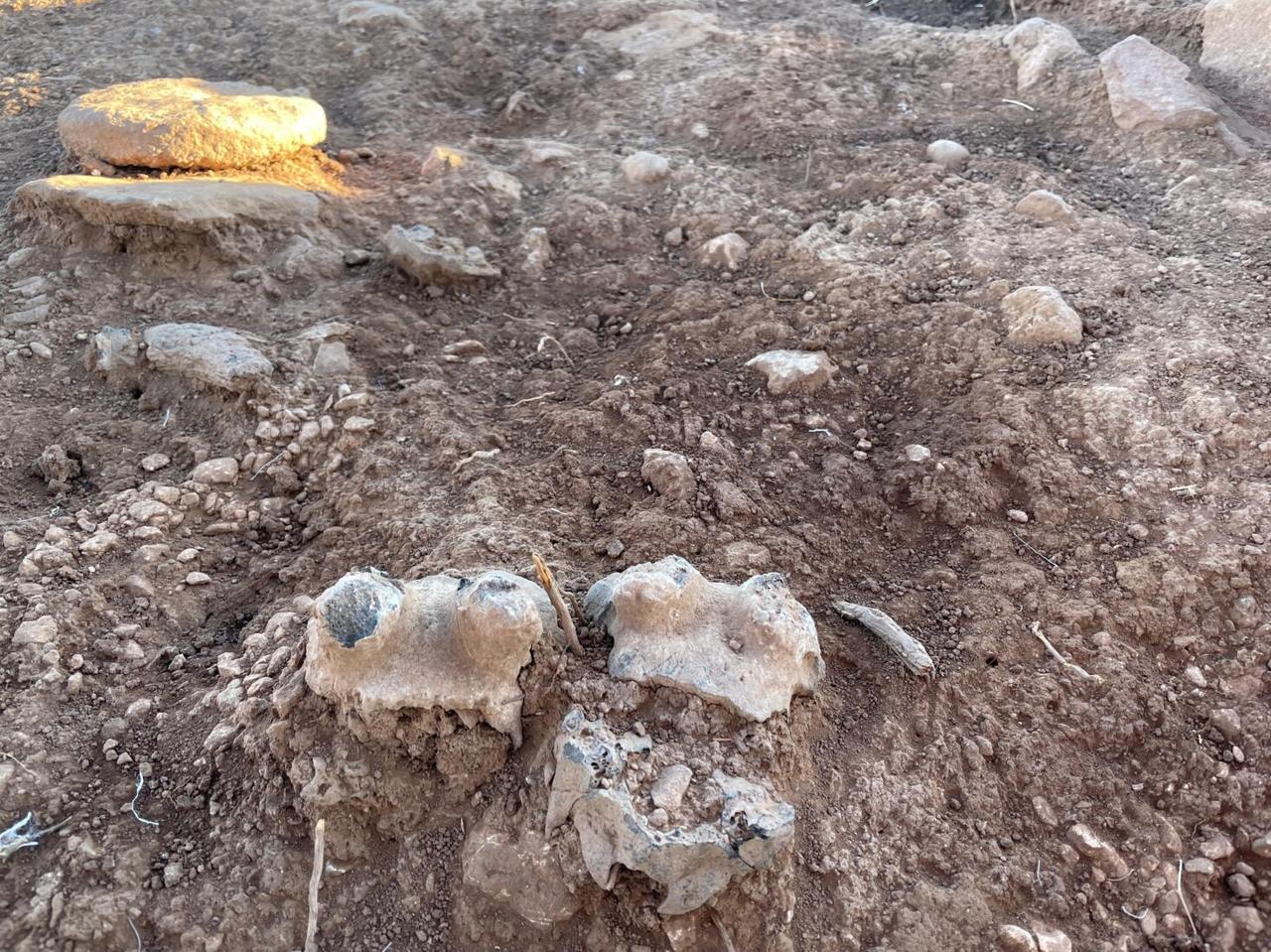
Archaeologists have uncovered burned animal skulls, including those of wild cattle, sheep, gazelles, and equids, near the walls of a semi-excavated structure. Sahin explained:
The skulls were placed at the base of the walls, likely burned to strengthen them—a clear ritualistic practice. Unlike Gobeklitepe and Karahantepe, where animal depictions dominate carvings, these skulls might have been used as masks.
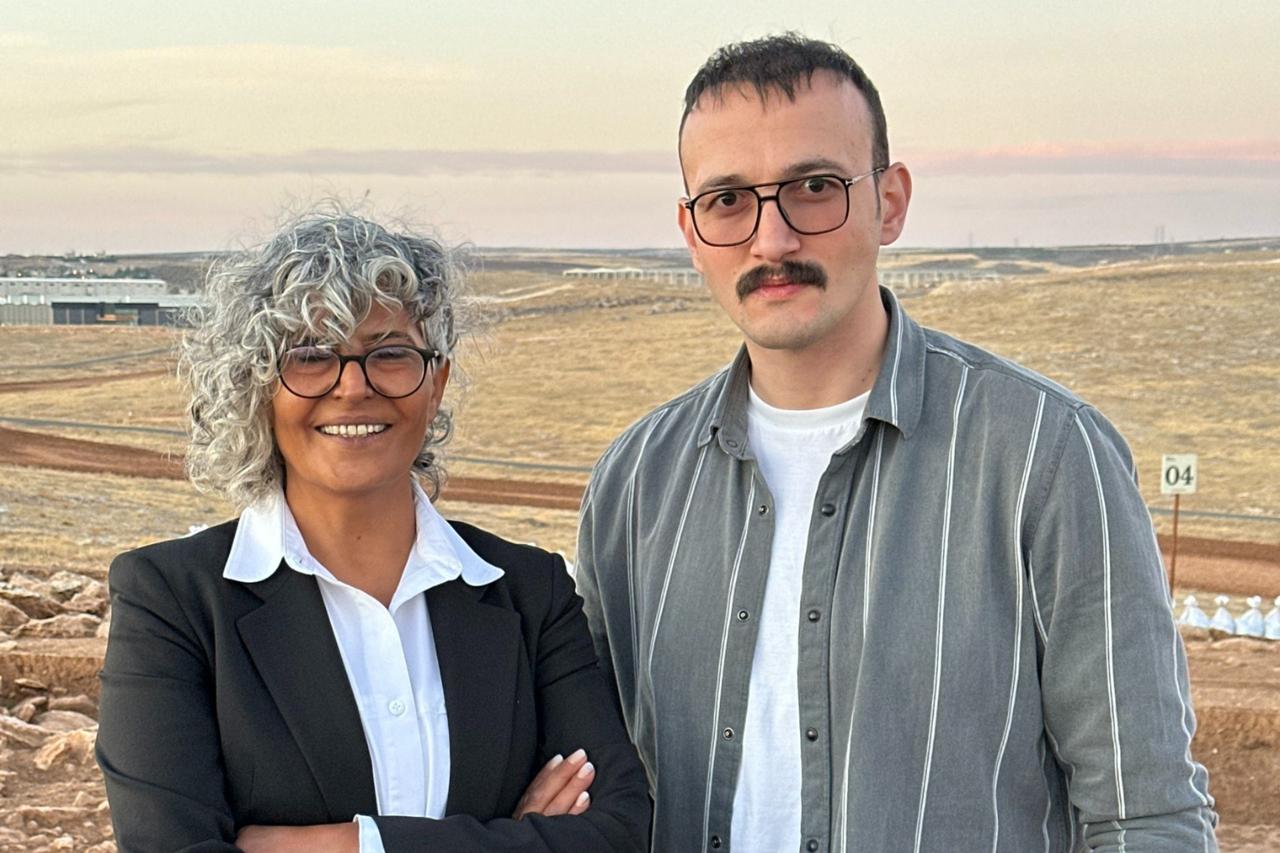
The findings at Cakmaktepe are more than just ancient ruins—they are a glimpse into the lives of the first settled communities. These early inhabitants were not merely focused on subsistence but also emphasized social connections and rituals. Such discoveries challenge the conventional understanding of early human societies as solely survival-oriented.
With ongoing research and excavations, Cakmaktepe continues to reveal new aspects of its ancient past, helping historians and archaeologists better understand the roots of settled life in Anatolia.